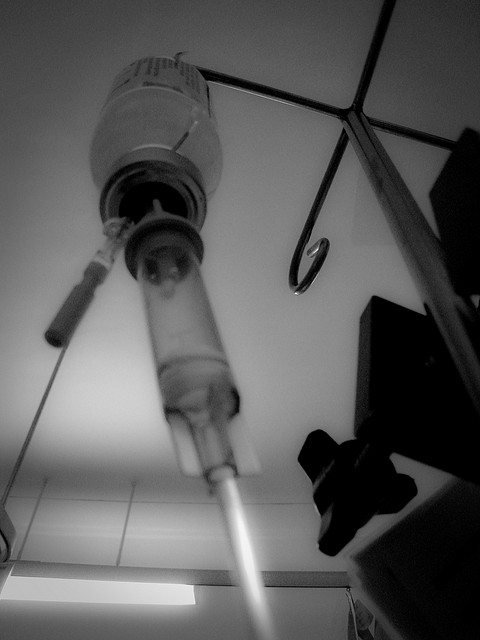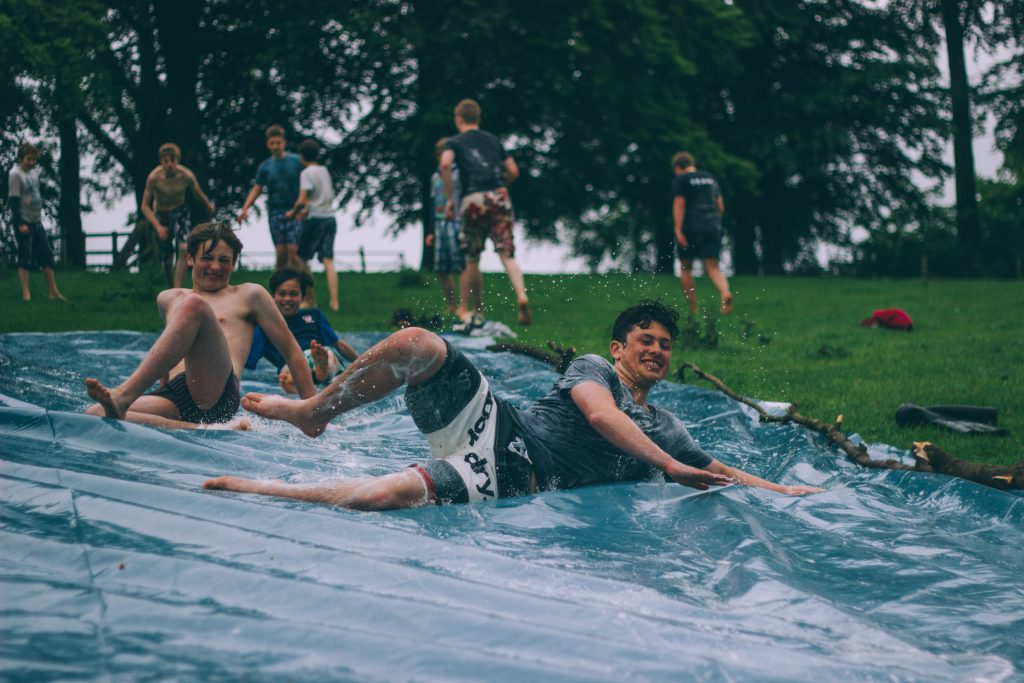
Do you use Facebook? While it is officially banned for under 13 years, a survey last year showed that almost half of Britain’s pre-teens have a Facebook account. Joanna Bradey tells us what she likes about Facebook.
Facebook: What’s it all about?
Facebook is a website created in 2004 by a US college student Mark Zuckerberg. It started off as a way of college students to network with each other, which quickly spread throughout the world, and now has millions of members. Facebook works by people registering and creating a profile for themselves, and then becoming ‘friends’ with other people. A user can update their status to let their friends know what they’re up to, upload photos to share, send private messages to each other, and play games. You need to be at least 13 years old to be a member, and Facebook is banned in some countries altogether, like Syria and Iran.
The thing that I like about Facebook is that it is a quick and easy way to keep in touch with all those people I have met in real-life but don’t have time to write to or call them, like old workmates or family that have moved away. I can upload a photo and anyone I am friends with can see it, and comment on it. In the days before Facebook, if I wanted to share a photo with everyone, I would have to print out lots of copies and send them in the post, which is very expensive and time-consuming. Since I joined Facebook, I am better at communicating with people and I enjoy seeing what all my friends and family are doing. I think that I know them better and it’s easy to keep-in-touch.
Read More...






